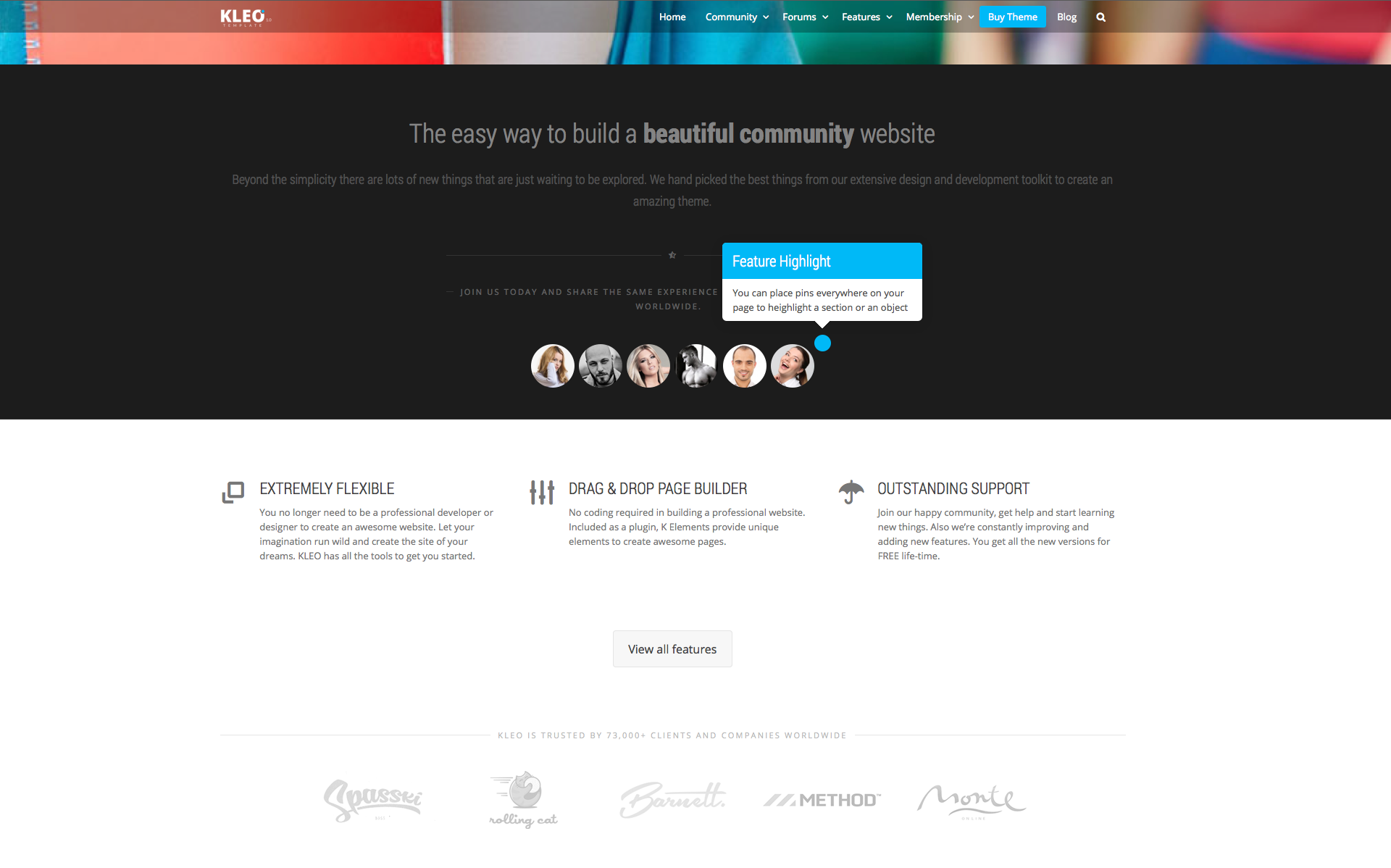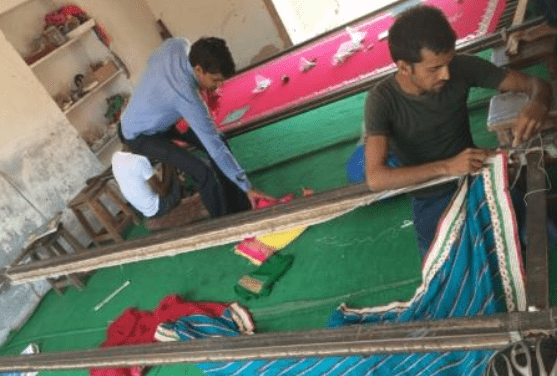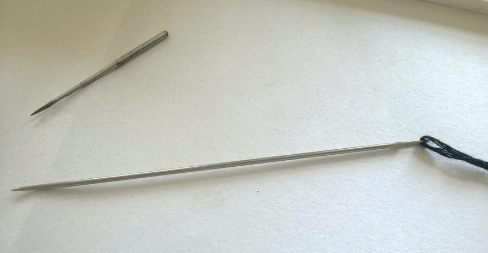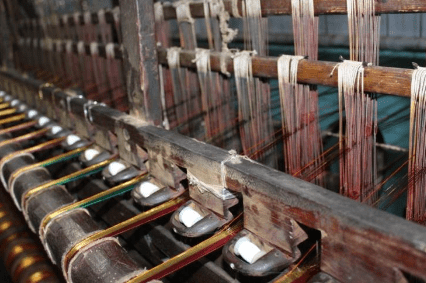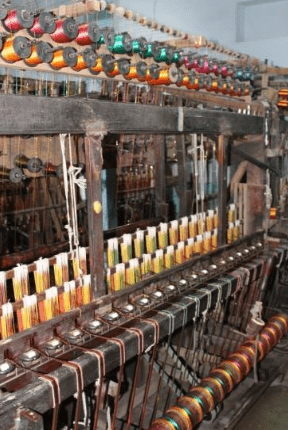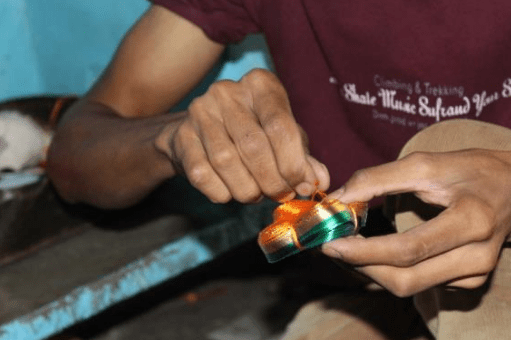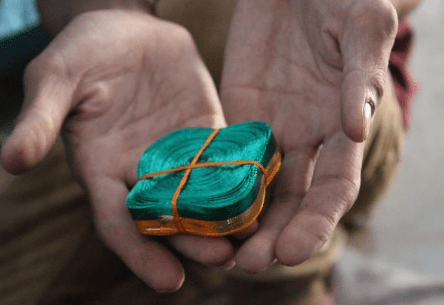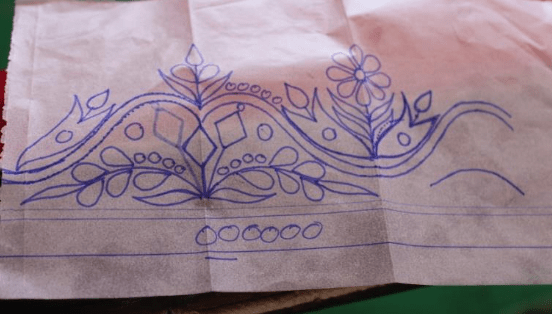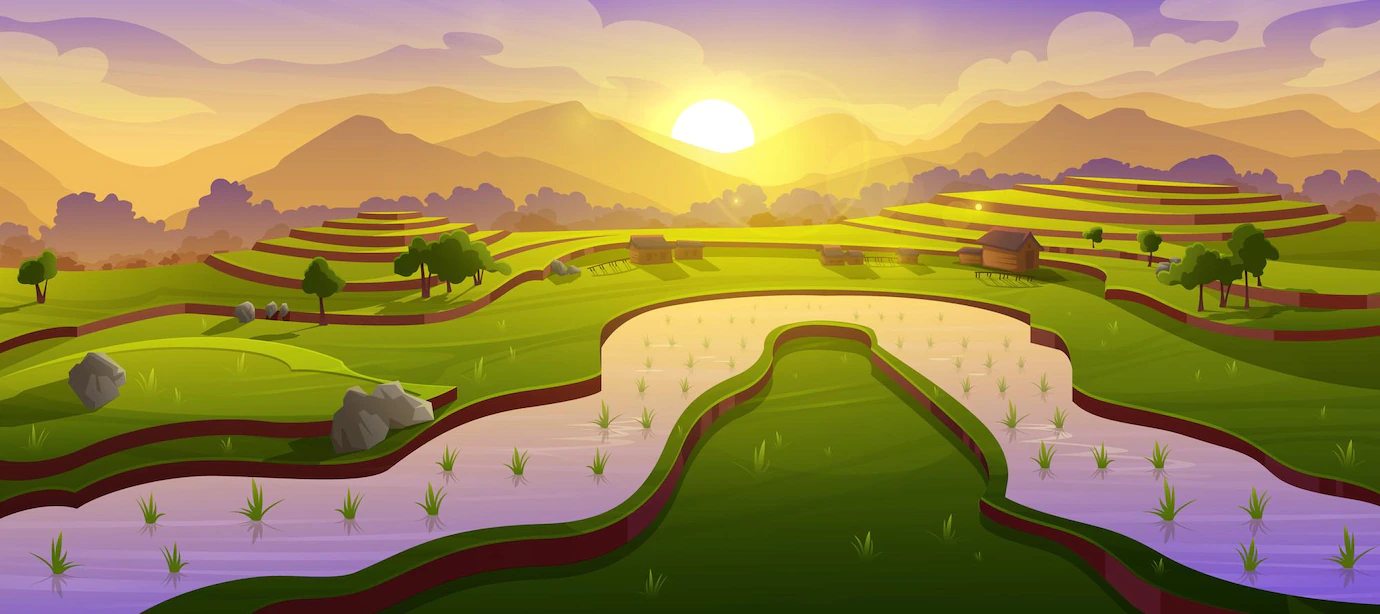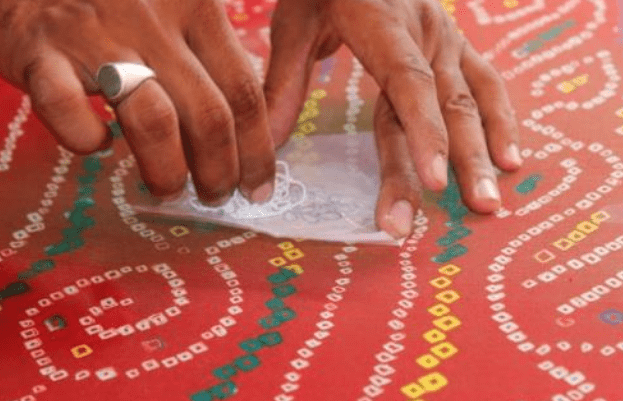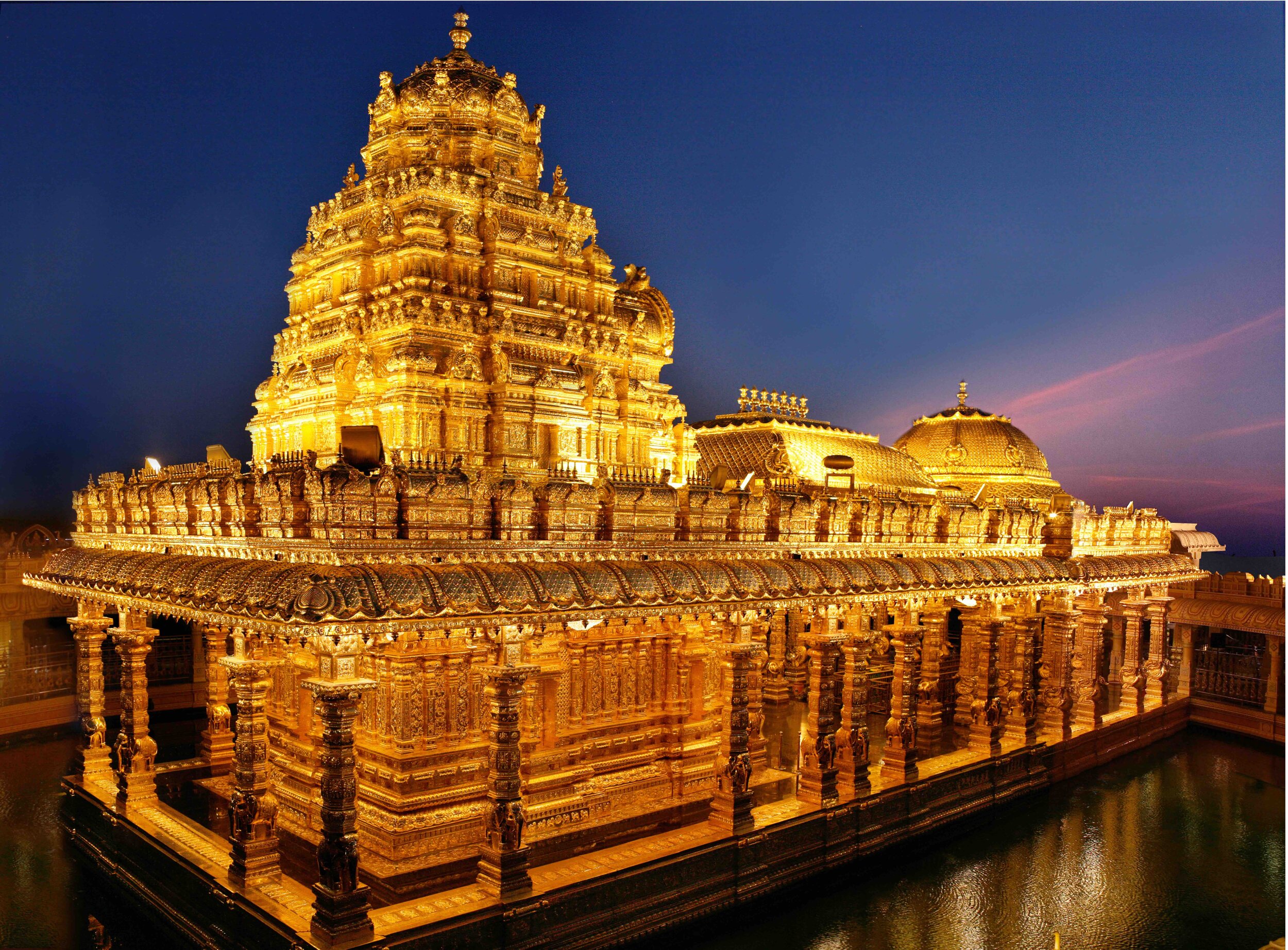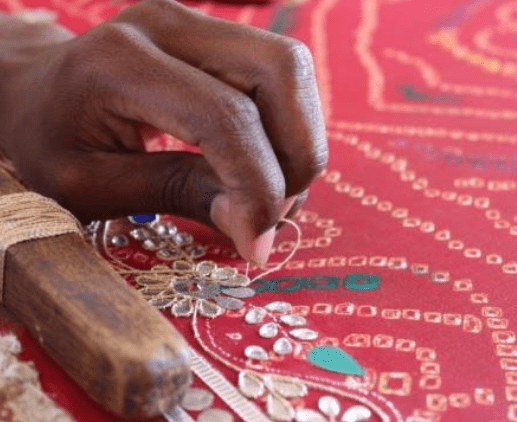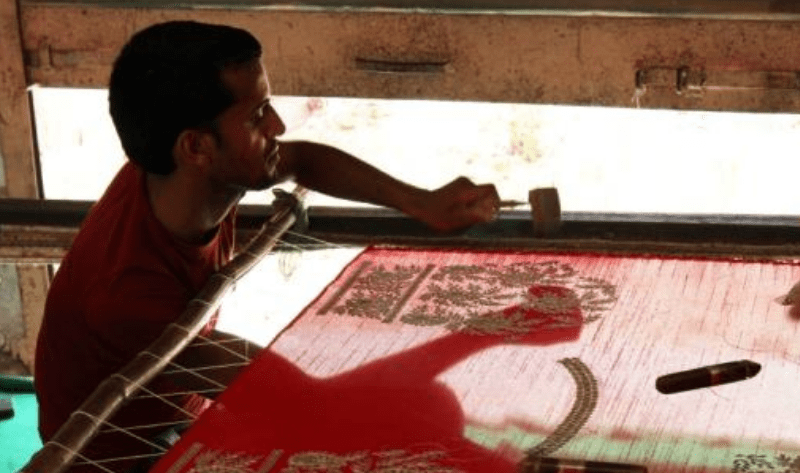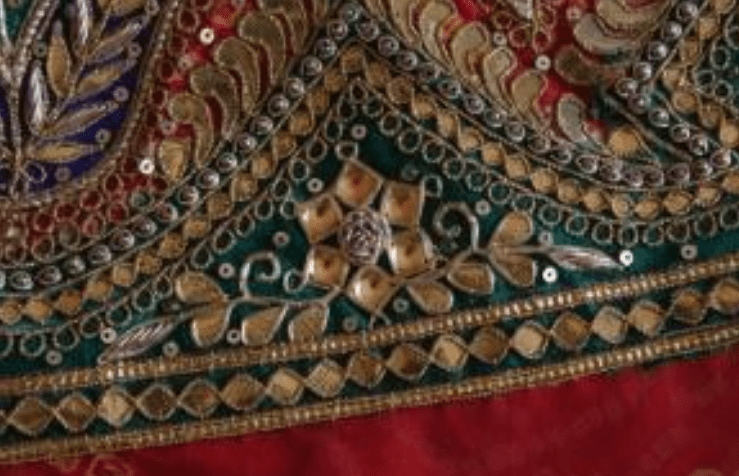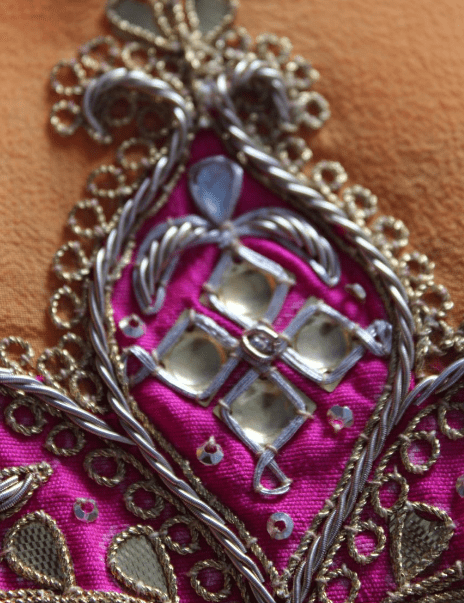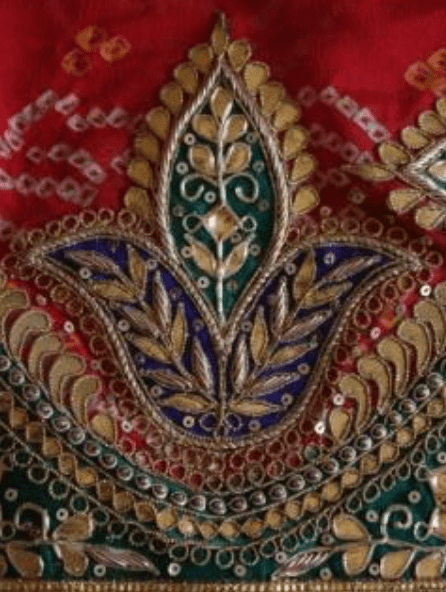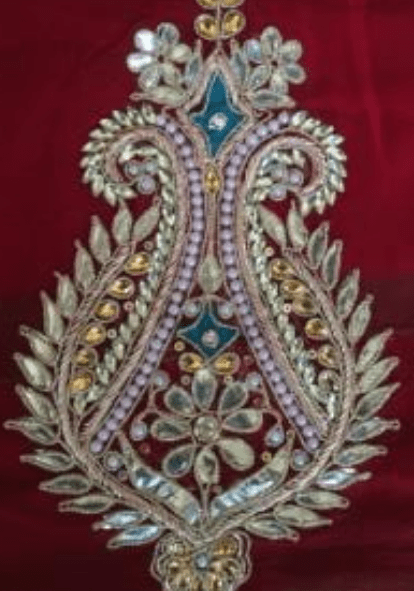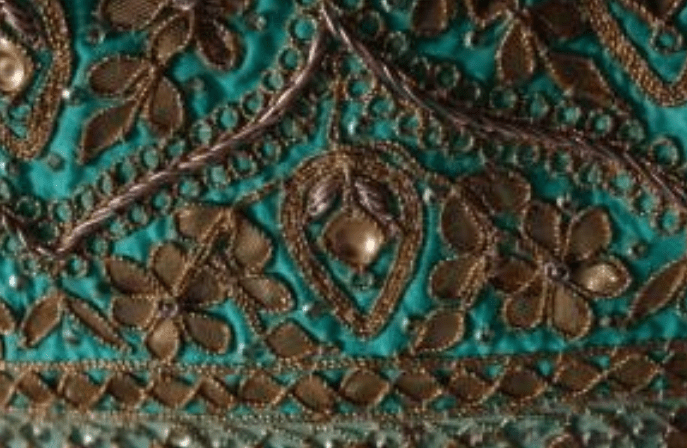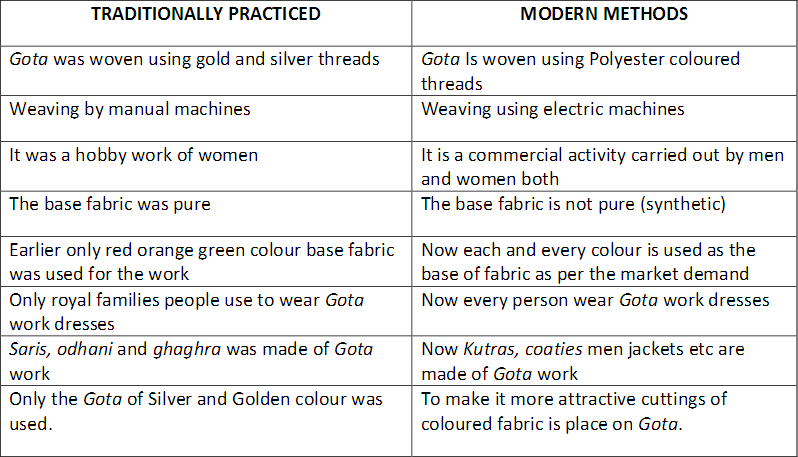Gota Patti Craft Rajasthan
Gota Patti Craft comes from Rajasthan. Rajasthan a desert is known for its creativity, traditions, and colourful lifestyle of the people.
Crafts plays a significant role to maintain the creativity and rich traditions of the people. People of Rajasthan celebrate many festivals wearing traditional cloths and use many hand made products. If you see the people of Rajasthan you will find a lot of glaze and shinning in their costumes and in their lifestyles.
Other than bright coloured clothes the shine comes from the unique material used to decorate a simple fabric.
A major portion of this decorated material is due to use of Gota work which has been developed and groomed by the royal families initially, and now used by every laymen of Rajasthan.
Gota work is a type of metallic embroidery along with the technique of appliqué work which was initiated in Rajasthan. Initially the real Gold and Silver threads were used to manufacture Gota.
Later on the use of copper thread coated with other material as per requirement which made the use of Gota work more economical. Of late copper was replaced by synthetic thread (polyester) in manufacturing of Gota which enabled it to be manufactured in any colour or combination of colours.
Traditionally the Gota work was done on the pure fabric like Georgette, Chiffon, Velvet and Silk but now is also done on both semi-pure and pure fabrics.
Although Gota is being used everywhere its manufacturing centers are concentrated in Rajasthan. Gota is woven mainly in Ajmer and Jaipur apart from these two districts of Rajasthan some manufacturing units are located at Khandela town in Sikar district.
Gota is mainly woven in ribbon form and then it is punched in different shapes and sizes in Ajmer and Jaipur. The artwork of Gota on Fabric is mainly carried out at Nayla (Jaipur district) and its vicinity areas of 50 KM radius.
This craft is done almost whole year, but it is less practiced in April, May and June. Gota work clothes are mostly wore in the seasons of wedding and festivals, so it is less practiced in these three months because it is neither a wedding season nor a festival season.
GLOBAL PRESENCE GOTA PATTI CRAFT
The trend of Gota is not only limited till India but is spreading all around the world. The only manufacturers of Gota are present in India but Gota work is now supplied to many countries like United States, Thailand, Canada, Dubai, etc.
As per research we have found that these countries demands more for Kurtis, Jackets, etc. of Gota Work
PRACTITIONER COMMUNTY OF GOTA PATTI CRAFT
Traditionally the craft work using Gota was carried out by a sect of Muslim community known as BISAYATI but gradually it spread to other communities also.
Craft work is done by males and females both. But its commercial activities in market are done only by males. Females are still confined to their houses from where they carry out their art work apart from routine domestic work. This skill is inherited.
The younger generations acquire it from their elders. After the age of 15 -16 years, children start working with their parents.

GOTTA PATTI CRAFT MATERIALS
Weaving
In Weaving, there are three types of yarn and these area:
Resham
It is a shinny looking thread which comes out from an insect’s egg which is known as Resham. These are colourful pure Resham threads which are used in weaving Gota.

Polyester
It is Resham mixed with plastic. It has more strength and it is long lasting than Resham.
Zari (Badla)
It is a metallic thread which has replaced pure Silver and Gold threads. It is cheaper than pure Silver and Gold thread and it is colourful.
Gota Patti Craft Work
Gota Ribbon
Gota Ribbon is available in different lengths and breadths and colours. Used to separate the designs and as borders.
Laces
These come in different designs, colours and sizes. It is mainly used for the borders. To make the laces, ribbons are given the shape as per design required and then stitched.
Gota Patti
In earlier days they were cut by the hands but now the punching machines are available in different designs and sizes.
Zari Thread
These are available in Lachhiyan and it is used for embroidery on the edges of Gota Patti which is pasted.

Paste (Mixture of chalk powder and kerosene oil)
The paste chalk powder and kerosene oil is used for tracing the designs or motifs on the fabric.
GOTA PATTI CRAFT REQUIRED TOOLS
Adda (wooden frame) Craftsman tug the fabric on
Adda (which is a wooden frame) for doing the work.
Peetan (wooden block and hammer)
Peetan is a type of hammer which is used to beat the work and set it.
Fatelah (wooden block to rap thread)
Fatelah is a wooden block on which a Zari Thread is rolled to work easily.
Needle
It is used in embroidery work and also while tucking the fabric on Adda.
GOTA PATTI CRAFT PROCESS
Manufacturing Process of Gota
•The yarn used in Gota weaving is purchased from the market.

•Yarn is then hanged on stand and drawn up to the machine by manual process.
•Weaving machine is run by electricity and woven fabric comes out in a ribbon form.
•The ribbons are cut into desired lengths as per the need of the customers and roll is made and tied.
•Later on it is supplied to the people to make laces, for making different designs on it or for the punching process with which the different shapes comes out and then finally supplied to the artisans for the creative work.
Gota Patti Craft Rajasthan Work Process
•Motifs which have to be made on fabric are first drawn on tracing paper then perforations done are on it through pin so it could be traced on fabric.
•The fabric is switched edge to edge on Adda (frame) to make the work of the artisans easy.
•Marks are put by chalk on the fabric where the motifs have to be traced.

•Motifs are traced on it using the tracing paper and the paste (a mixture of chalk powder of and kerosene oil) with cotton or cloth.
•Then the Gota patti is pasted on the fabric traced design.
•After pasting the Gota the edges are embroidered with the Zari thread to give it aesthetic look and make it more elegant.
•Subsequently the entire work is beaten with the help of the instrument known as PEETAN (hammer and block made of wood).
•When the cloth is beaten by the Peetan the fabric is all set for removal from the Adda and the fabric is ready for sale.
DESIGN
Pahad
This design is known as Pahad because it is shaped as the mountain and mountain in hindi is known as Pahad.
Temple
This design is known as Temple because it is shaped as Kalash, a vessel placed on the top of the Temples. As Kalash is an important part of every temple.
Kali
This design is named as Kali because it looks like bud of the flower. And bud of the flower in hindi is known as Kali.
Boota
It is a design which is inspired by flower and are bigger than one and a half inch than any other design.
Booti
The only difference between Boota and Booti is that design of Booti is equal or small than one and a half inch. To make it more attractive they place cuttings of coloured fabric and place it on Gota Patti.
Lehar
This is known as Lehar because it looks like wave and wave in Hindi is known as Lehar.
Taj
Famous dome of Taj Mehalis embroided on fabric that is why the design is known as Taj.
GOTA PATTI CRAFT PRODUCTS
Traditionally the Gota work was restricted to the royal family. In earlier times only ghagras, odhani and sarees were made.
Now a days they are producing many products for men and women. The products which they are producing are jackets, kurties, bags, blouses etc.
Now days, not only females but also male products of Gota work are available in the market. The people of every caste and community are wearing it and it is not restricted to the royal families.
GOTA PATTI CRAFT INNOVATIONS
GOTA PATTI CRAFT CHALLENGES
In earlier times, as there was one community involved in it, there was not so much competition but now people from all communities have entered in this line and the competition is now growing.
Since it was earlier confined to a particular community artisans could look for advance payment, but the situation has changed other way round.
The payments are made after delivery which extends up to6 months or longer. The artisans don’t want to involve their coming generations in this line because the major threat is due to health hazard which results in the deterioration of eyesight.
if a person involves in this line for a longer duration due to this reason new generation is scared of entering in this field. Also the artisans want their children to study and get jobs as this craft needs more hard work and less payment.
In absence of new designs and motifs challenges the artisans to compete with each other in aspect of finishing.




